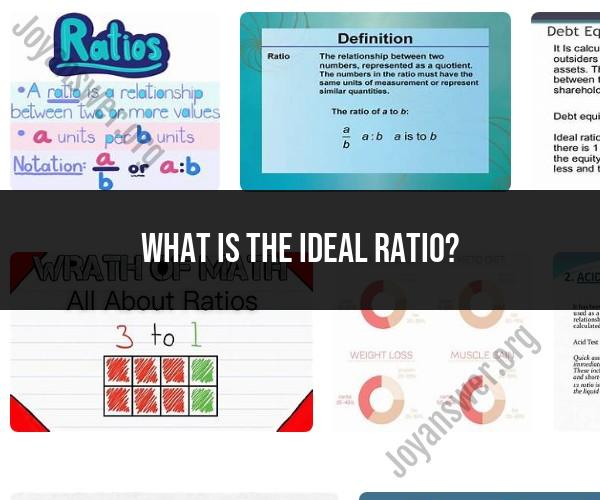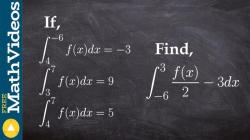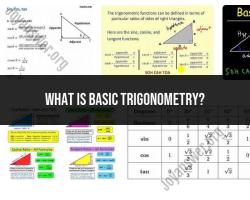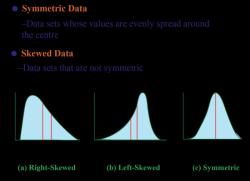What is the ideal ratio?
The concept of an "ideal ratio" can vary significantly depending on the context in which it is used. There is no universal ideal ratio that applies to all situations. Instead, the ideal ratio is determined by the specific goals, requirements, and circumstances of the particular context. Here are a few examples of contexts where an "ideal ratio" may be discussed:
Financial Ratios: In finance and accounting, ideal ratios can refer to various financial metrics used to assess a company's performance and financial health. For instance, the ideal debt-to-equity ratio, ideal current ratio, or ideal price-to-earnings ratio can vary from industry to industry and based on the company's objectives.
Nutritional Ratios: In the context of diet and nutrition, ideal ratios can refer to the recommended balance of macronutrients (carbohydrates, proteins, and fats) or the ratio of specific nutrients, such as Omega-3 to Omega-6 fatty acids, that are considered optimal for health and well-being. These ratios can vary based on individual needs and health goals.
Gear Ratios: In mechanics and engineering, ideal gear ratios are used to determine the most efficient way to transfer power and motion between gears in machinery, vehicles, or other mechanical systems.
Population Demographics: Ideal population ratios can refer to the desired proportions of various demographic groups within a population, such as age groups, genders, or ethnicities, to achieve social or economic goals.
Ideal Body Proportions: In the realm of fashion, fitness, and beauty, ideal body proportions can vary based on cultural norms and individual preferences. Different ideals exist in different cultures and eras.
Academic Ratios: In education, ideal student-to-teacher ratios or student-to-counselor ratios aim to provide an optimal learning environment. These ratios can differ based on the educational level and the specific needs of students.
Investment Ratios: In the world of investing, ideal ratios can refer to metrics like the risk-to-reward ratio or the ideal asset allocation within an investment portfolio. These ratios depend on an investor's risk tolerance and financial goals.
The concept of an "ideal ratio" is a relative one that depends on specific objectives, circumstances, and contexts. What is considered ideal in one context may not apply to another. Therefore, when discussing an ideal ratio, it's crucial to consider the particular field or application in question and the factors that determine what is considered ideal within that context.
The Ideal Ratio: Balancing Proportions in Various Contexts
The ideal ratio is a balance of proportions that is considered to be optimal or aesthetically pleasing. It is a concept that can be applied to a wide range of contexts, including art, architecture, design, and even nature.
For example, the golden ratio is a mathematical proportion that is often considered to be aesthetically pleasing. It is found in many natural forms, such as the human body, and has been used by artists and architects for centuries to create harmonious and balanced compositions.
Other examples of ideal ratios include:
- The 2:3 ratio, which is often used in photography and filmmaking to create a sense of balance and harmony.
- The 16:9 ratio, which is the standard aspect ratio for most computer monitors and HD televisions.
- The 4:3 ratio, which is the standard aspect ratio for most older computer monitors and televisions.
What Constitutes an Optimal Ratio in Different Fields
The optimal ratio in different fields can vary depending on the specific context. For example, the optimal ratio for a pizza crust may be different from the optimal ratio for a human body.
However, there are some general principles that can be applied to identify an optimal ratio in any given field. These principles include:
- Efficiency: The optimal ratio is often the most efficient ratio. For example, the optimal ratio for a fuel-efficient car is the ratio that results in the maximum fuel efficiency.
- Aesthetics: The optimal ratio is often the ratio that is most aesthetically pleasing. For example, the golden ratio is often considered to be the most aesthetically pleasing ratio.
- Functionality: The optimal ratio is often the ratio that is most functional for the intended purpose. For example, the optimal ratio for a table is the ratio that results in a table that is both stable and comfortable to use.
Striving for Balance and Harmony with Ideal Ratios
Ideal ratios can be used to create balance and harmony in a wide range of contexts. For example, artists use ideal ratios to create compositions that are visually appealing. Architects use ideal ratios to design buildings that are both structurally sound and aesthetically pleasing.
In our personal lives, we can also strive for balance and harmony by using ideal ratios. For example, we can use the ideal ratio for a healthy diet to create a diet that is both nutritious and satisfying. We can also use the ideal ratio for a budget to create a budget that allows us to live comfortably and save for the future.
Examples and Case Studies of Ideal Ratios in Practice
Here are a few examples and case studies of ideal ratios in practice:
- Art: The Mona Lisa by Leonardo da Vinci is considered to be one of the most perfect examples of the golden ratio in art. The painting's dimensions, the composition of the figures, and even the features of the Mona Lisa's face are all based on the golden ratio.
- Architecture: The Parthenon in Athens, Greece is another example of the use of the golden ratio in architecture. The building's dimensions and proportions are all based on the golden ratio, which creates a sense of harmony and balance.
- Design: The iPhone is an example of a product that is designed using ideal ratios. The iPhone's screen size and aspect ratio are both based on the golden ratio, which makes the device comfortable to hold and use.
- Nature: The human body is an example of a natural form that exhibits ideal ratios. The proportions of the human body, such as the length of the arms and legs, are all based on the golden ratio.
Personal Perspectives on Seeking Perfection in Ratios
Some people believe that striving for perfection in ratios is a pointless pursuit. They argue that there is no such thing as a perfect ratio, and that different people have different preferences.
Others believe that striving for perfection in ratios can be a valuable pursuit. They argue that ideal ratios can help us to create more harmonious and balanced compositions in art, architecture, design, and even our personal lives.
Ultimately, whether or not to strive for perfection in ratios is a personal decision. There is no right or wrong answer.
My personal perspective on seeking perfection in ratios is that it can be a valuable pursuit, but it is important to be realistic. There is no such thing as a perfect ratio that will work in every situation. However, by understanding the principles of ideal ratios, we can make better decisions about how to create balance and harmony in our lives.













